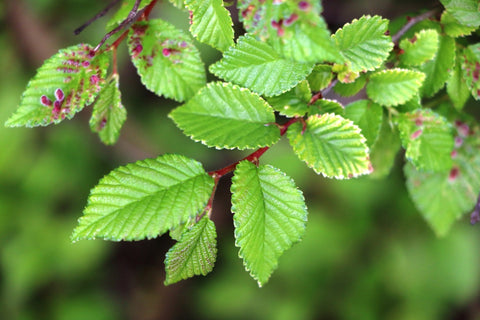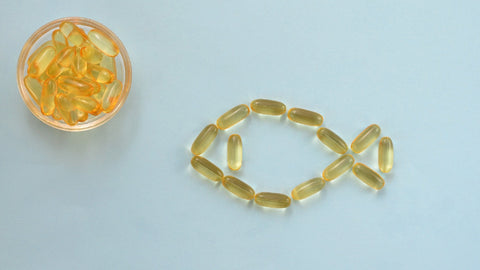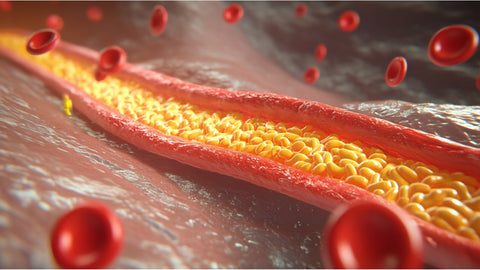
Therapeutic products seem to have no limits, as nature provides us with a huge range of possibilities. One of them is the elm, a tree that provides benefits for humans that you cannot miss out on.
Equipped with a good amount of nutrients, the elm provides our body with components to combat general ailments. We will tell you about them in this article.
What is elm?
It is a deciduous or semi-deciduous tree that extends throughout the northern hemisphere. Its scientific name is Ulmus , a genus of plants belonging to the Ulmaceae family with many and varied cultivated species, spread from Siberia to Mexico or Japan and currently spread throughout the southern hemisphere, especially in Australia and Indonesia.
The elm has alternate, simple and closed leaves, generally asymmetrical at the base. It gives a dry and indehiscent fruit, called samaras . It is a genus that, unfortunately, is even in danger of extinction, victim of an epidemic called "graphiosis", a kind of fungus that has harmed its existence.
Medicinal properties of elm
The healing properties of elm are of enormous benefits, as it allows the body to stay healthy and helps with different ailments that affect the body. Among the properties of elm we find:
- Anti-inflammatory properties.
- Antispasmodic.
- Healing.
- Antiseptic properties.
- Astringent principles.
- Demulcent principles.
- Antidiarrheal.
- Expectorant properties.
- Contains mucilage.
Health benefits of elm
The corky bark of the elm is the part with the greatest healing value. Ingredients for products of important therapeutic interest are obtained from it, with uses ranging from treating spasms and stomach cramps to bronchitis . Other benefits include:
Fights digestive system conditions
Elm reduces problems in the digestive tract . But it not only treats heartburn, it also relieves intestinal conditions for those who suffer from inflammation in the walls of the digestive tract. It also soothes discomfort caused by ulcerous diarrhea.
Helps the respiratory system
Due to its expectorant properties, elm is used for its benefits associated with some respiratory diseases such as pharyngitis and bronchitis, as well as improving bronchial problems linked to asthma. Its active ingredients promote the reduction of coughs, sore throats and tonsillitis problems, as well as other infections related to the pharynx.
Hemorrhoidal problems
Due to its demulcent properties on the body, elm reduces constipation and prevents the appearance of hemorrhoids .
Helps the skin
The bark of this tree has antiseptic properties, which makes it useful for cleaning and disinfecting wounds. For this reason, elm is used in the treatment of ulcers, dermatitis and burns.
Improves swollen and painful areas
When applied externally, it is used to treat swelling and provide relief to those who suffer from joint pain as a result of blows and sprains.
Treats urinary tract irritation
Elm reduces urinary tract discomfort such as urinary incontinence or frequent burning when urinating, among others.
As a diuretic aid
Its diuretic properties provide great benefits for those who suffer from fluid retention and help reduce fluid accumulation.
How is elm used for health?
Elm bark is used in different formats depending on the conditions to be treated .
- In tea: as infusions of the bark for the throat, pharyngitis or stomach and intestinal problems such as diarrhea.
- In oil: on the skin to relieve muscle pain
- In ointment: when it comes to healing and curing wounds
- In ointment: it is applied to relieve skin ulcers.
- In tinctures: macerating the active principles of elm.
Advantages and disadvantages of elm
To summarize, we point out both the benefits and negative aspects of elm:
Advantages
- It improves various conditions described in the body.
- Helps treat throat irritation.
- It is effective against colds and coughs.
Disadvantages
- Botanically, one of the disadvantages is its preservation as such. Unfortunately, it often suffers from parasitic diseases.
- As for its pharmacological disadvantage, one can highlight the incompatibility that can occur in most cases when elm is administered in combination with other medications.
Side effects, contraindications and risks of elm
In any treatment of natural origin, warnings and precautions must be taken into account:
- In children: It is contraindicated to administer elm to infants and young children.
- In adults: may cause allergic reactions and skin irritation in certain individuals.
- In pregnant women: its consumption is not recommended as there is a risk of causing miscarriage.
- Risk when consuming with other medications: although the mucilage contained in elm provides some health benefits, when it is interacting with other drugs for other treatments, it can decrease and counteract the effectiveness of said medications, therefore the opinion of the doctor should be consulted before consumption.
In any case, one must always be cautious . The Swiss doctor and chemist known as Paracelsus once said: “All things are poison and nothing exists without poison, only the dose is what makes something poisonous or not.”






Comments (0)
There are no comments for this article. Be the first one to leave a message!